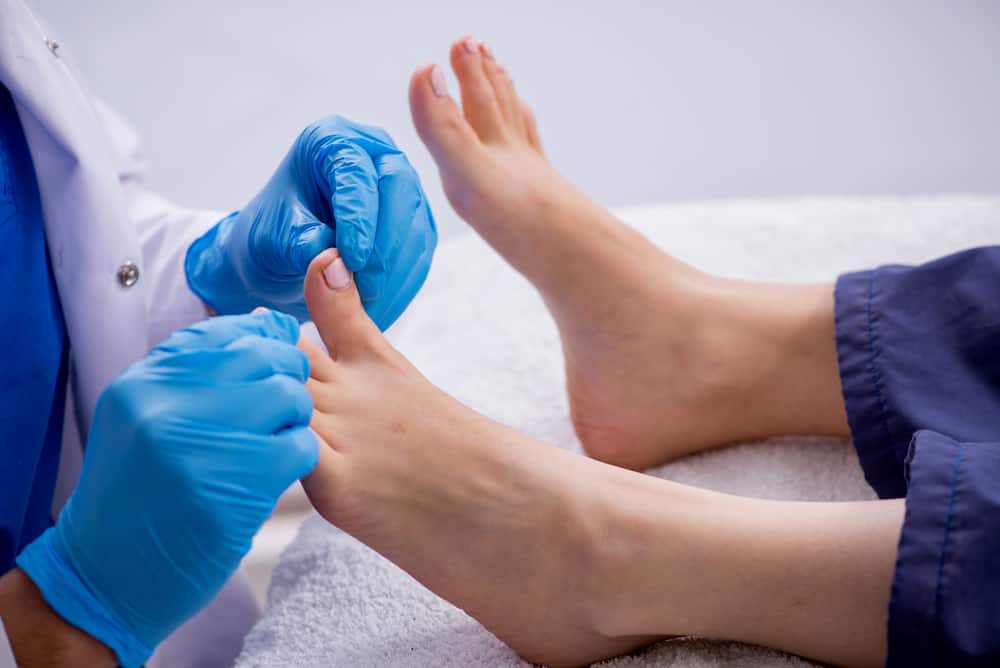Nail fungus, scientifically known as onychomycosis, is a common condition that affects millions of people worldwide. Among the various types of nail fungus, white superficial onychomycosis (WSO) is a distinct form that requires specific attention and treatment. In this article, we will delve into the causes, symptoms, and treatments of WSO, providing valuable insights and practical tips on how to prevent and effectively treat this particular type of nail fungus.
Introduction: The Importance of Discussing Nail Fungus
Nail fungus is a prevalent condition that demands attention and understanding. According to statistics, approximately 10% of the global population suffers from nail fungus, making it a significant concern. Nail fungus, including WSO, can have a profound impact on an individual’s quality of life. By shedding light on this condition and providing comprehensive information, we aim to empower individuals to recognize, treat, and prevent nail fungus effectively.
Causes of Nail Fungus
Understanding the causes of nail fungus is crucial in preventing its occurrence. Nail fungus, including WSO, is primarily caused by a group of fungi called dermatophytes. However, other factors can contribute to its development, including:
- Fungal Infection: Fungi thrive in warm and moist environments, such as public swimming pools, communal showers, and gyms, where individuals are more likely to come into contact with the fungi.
- Poor Foot Hygiene: Inadequate foot hygiene, including failing to keep the feet clean and dry, can create an environment conducive to fungal growth.
- Nail Trauma or Injury: Any trauma or injury to the nails can weaken their protective barrier, making them more susceptible to fungal infections.
- Weakened Immune System: Individuals with weakened immune systems, such as those with diabetes, HIV/AIDS, or autoimmune disorders, are more prone to nail fungus.
- Genetic Predisposition: Some individuals may have a genetic predisposition to developing nail fungus.
By understanding these causes, individuals can take preventive measures to reduce the risk of developing WSO and other types of nail fungus.
Symptoms of White Superficial Onychomycosis (WSO)
WSO has distinct symptoms that differentiate it from other types of nail fungus. Common symptoms of WSO include:
- White Chalky Spots: Small, white, powdery spots or patches appear on the surface of the nail. These spots may spread and merge together, resulting in a crumbly or powdery appearance.
- Soft and Brittle Nails: Infected nails may become soft, brittle, and more prone to breaking or crumbling.
- Nail Thickening: As the infection progresses, the nail may thicken, making it difficult to trim and maintain proper nail hygiene.
The impact of WSO on daily life can be significant. Individuals may experience self-consciousness, discomfort, and limitations in activities that require healthy and functional nails. If left untreated, WSO can spread to other nails or even to other individuals. Treatment duration varies depending on the severity of the infection and individual response, but it typically takes several months to fully eliminate the fungus.
Treatment Options for White Superficial Onychomycosis
Various treatment options are available for WSO, ranging from over-the-counter medications to prescription drugs and natural remedies. The choice of treatment depends on the severity of the infection and individual preferences. Let’s explore some of the treatment options:
- Topical Antifungal Medications: Over-the-counter antifungal creams, ointments, and nail lacquers can be applied directly to the affected nails. These medications
often contain ingredients like clotrimazole or ciclopirox, which help eliminate the fungus. Regular and consistent application is crucial for successful treatment. 2. Prescription Oral Antifungal Medications: In more severe or persistent cases, healthcare professionals may prescribe oral antifungal medications. These medications, such as terbinafine or itraconazole, target the fungus systemically. They may require a longer treatment duration and monitoring for potential side effects. 3. Natural Remedies: Some individuals opt for natural remedies, such as tea tree oil, vinegar soaks, or essential oils. While these remedies may have antifungal properties, their effectiveness varies, and they may take longer to show noticeable results.
It is important to consult a healthcare professional to determine the most suitable treatment option for your specific case of WSO.
Practical Tips for Prevention and Management
Preventing WSO and other types of nail fungus is crucial for maintaining healthy nails. Here are some practical tips to prevent and manage WSO:
- Practice Good Foot Hygiene: Wash your feet regularly with soap and water, ensuring to dry them thoroughly, especially between the toes.
- Keep Nails Trimmed: Cut your nails straight across and file down any thickened areas. Avoid cutting nails too short or rounding the corners, as this can lead to ingrown nails.
- Choose Breathable Footwear: Opt for shoes made of breathable materials that allow air circulation. Avoid tight-fitting shoes, as they can create a moist environment.
- Protect Your Feet: Wear sandals or shower shoes in public areas, such as gyms, locker rooms, and swimming pools, to minimize the risk of exposure to fungi.
- Avoid Sharing Personal Items: Do not share nail clippers, files, or other personal items that may come into contact with infected nails.
- Maintain Overall Health: Follow a balanced diet, engage in regular exercise, and manage any underlying medical conditions to support a healthy immune system.
By incorporating these preventive measures into your daily routine, you can significantly reduce the risk of developing WSO and promote overall nail health.
Conclusion
White superficial onychomycosis (WSO) is a distinct form of nail fungus that requires specific attention and treatment. By understanding the causes, symptoms, and available treatment options for WSO, individuals can effectively manage and prevent this type of nail fungus. If you suspect WSO or any other form of nail fungus, consult a healthcare professional for an accurate diagnosis and appropriate treatment plan. Remember, early intervention, consistent treatment, and preventive measures are key to successfully managing WSO and maintaining healthy and beautiful nails.

